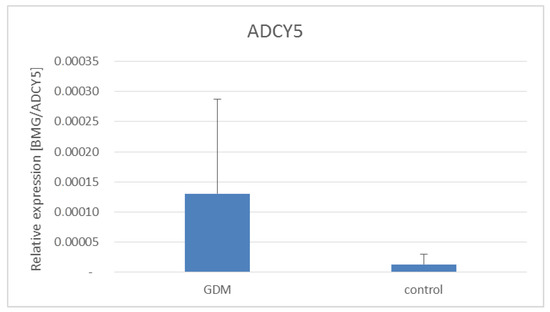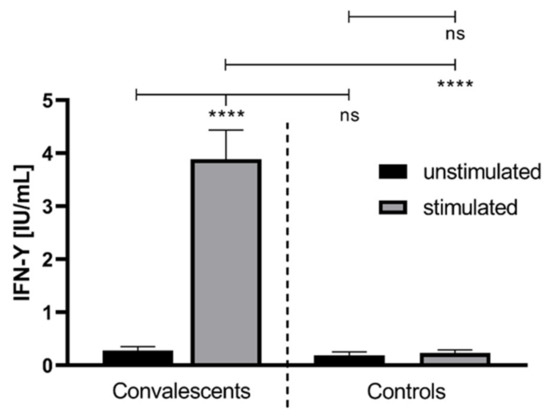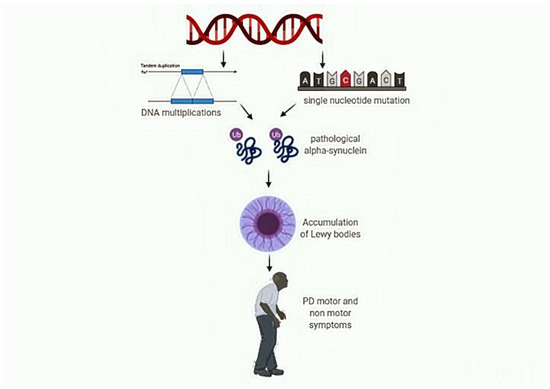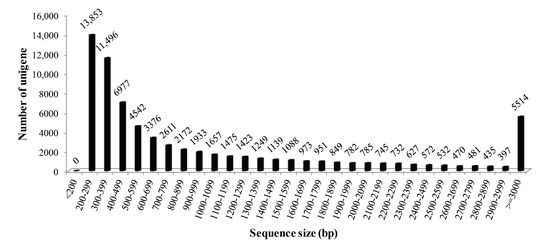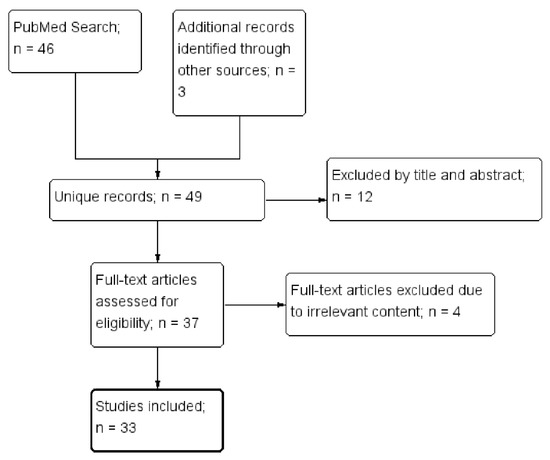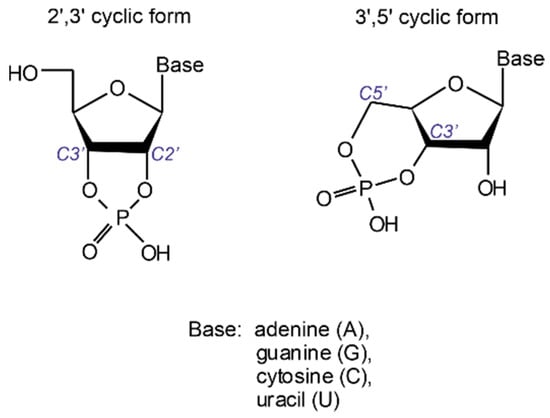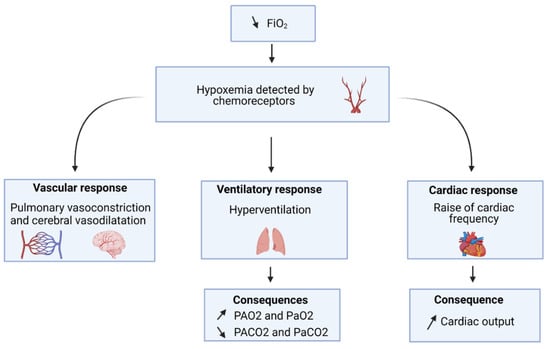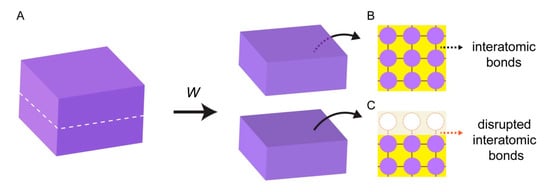Life 2021, 11(8), 807; https://doi.org/10.3390/life11080807 - 10 Aug 2021
Cited by 62 | Viewed by 7974
Abstract
Polyhydroxyalkanoates (PHA) are biodegradable polymers that are considered able to replace synthetic plastic because their biochemical characteristics are in some cases the same as other biodegradable polymers. However, due to the disadvantages of costly and non-renewable carbon sources, the production of PHA has
[...] Read more.
Polyhydroxyalkanoates (PHA) are biodegradable polymers that are considered able to replace synthetic plastic because their biochemical characteristics are in some cases the same as other biodegradable polymers. However, due to the disadvantages of costly and non-renewable carbon sources, the production of PHA has been lower in the industrial sector against conventional plastics. At the same time, first-generation sugar-based cultivated feedstocks as substrates for PHA production threatens food security and considerably require other resources such as land and energy. Therefore, attempts have been made in pursuit of suitable sustainable and affordable sources of carbon to reduce production costs. Thus, in this review, we highlight utilising waste lignocellulosic feedstocks (LF) as a renewable and inexpensive carbon source to produce PHA. These waste feedstocks, second-generation plant lignocellulosic biomass, such as maize stoves, dedicated energy crops, rice straws, wood chips, are commonly available renewable biomass sources with a steady supply of about 150 billion tonnes per year of global yield. The generation of PHA from lignocellulose is still in its infancy, hence more screening of lignocellulosic materials and improvements in downstream processing and substrate pre-treatment are needed in the future to further advance the biopolymer sector.
Full article
(This article belongs to the Special Issue Microbial Biopolymers: From Synthesis to Properties and Applications)
►
Show Figures

